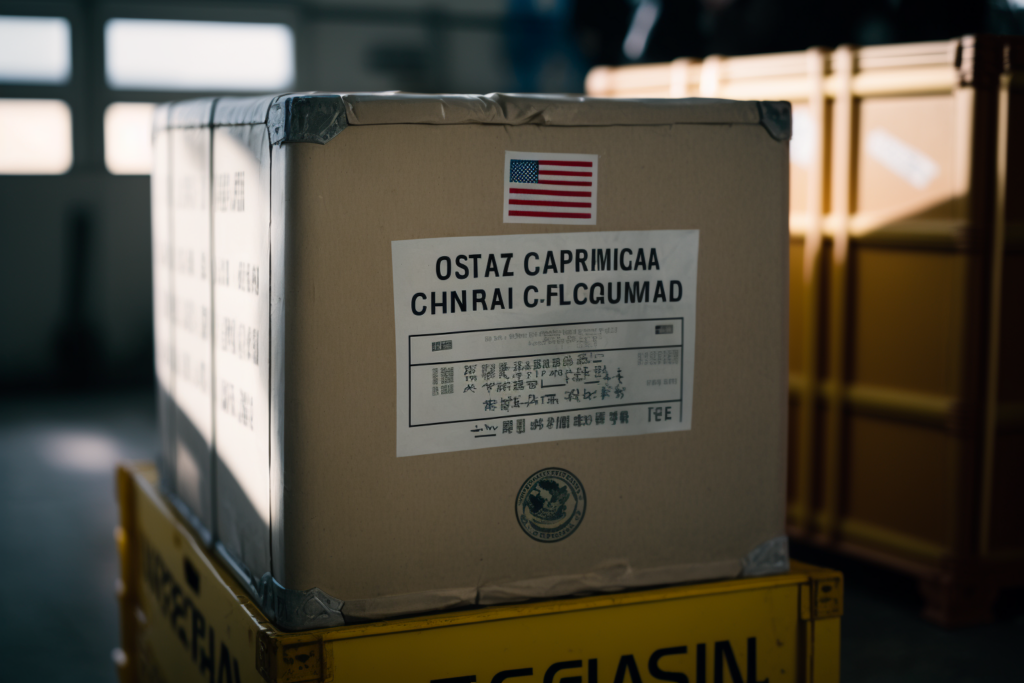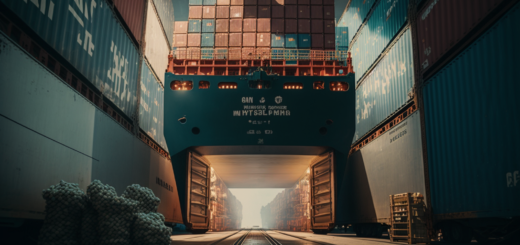The Step-by-Step Guide to Navigating US Customs When Shipping From China

In the last article, we discussed the main stages of the customs clearance process during export. Today we will tell you about customs clearance. Whether you’re shipping products from China to the United States for personal or commercial use, you must adhere to the required customs regulations. This guide provides step-by-step instructions on how to navigate the US Customs process when shipping from China, including determining duties and taxes, filing the import paperwork, and preparing a customs clearance. With the right guidance and preparation, you can ensure a smooth and successful shipment from China to the US.
What to Prepare Before Shipping from China
Preparing for a successful shipment from China to the US requires advance planning and paperwork. Before you ship from China to the US, there are several things you will need to consider and prepare.
- First, you will need to determine the duties and taxes that will be due on your shipment. To do this, you will need to determine the value of your goods, their classification, and the applicable duty rate. It is also important to make sure that your goods are properly labeled and packaged for shipping.
- Second, you will need to file the necessary import paperwork with US Customs. This includes the entry form, the commercial invoice, and any other paperwork that may be required for your specific shipment. You should also make sure to attach the bill of lading and any other pertinent documents to the entry form.
- Finally, you will need to arrange for customs clearance. This usually involves finding a customs broker who is experienced in navigating the US Customs process. The customs broker will be responsible for filing the paperwork, paying the duties and taxes, and arranging for the shipment to be released.
Understanding US Customs Regulations
Navigating US Customs when shipping from China can be a complex and intimidating process. It is important to understand the US Customs regulations before starting the process to ensure that your shipment is successful and compliant.
- Determining Duties and Taxes
When shipping from China to the US, you will need to determine the applicable duties and taxes. The US Customs and Border Protection (CBP) agency sets tariffs, or taxes, on imported goods. The classification of the goods being imported will determine the applicable tariffs. A Harmonized Tariff Schedule (HTS) lists the different types of goods and their respective tariff codes. You will need to classify your goods according to the HTS codes in order to properly calculate the duties and taxes. - Filing the Import Paperwork
In order to ship goods from China to the US, you will need to file the import paperwork with US Customs. You will need to provide the necessary documentation, including a commercial invoice, packing list, and bill of lading. You will also need to submit a CBP Form 7501 or a CBP Form 3461, which is used to electronically declare the shipment and pay any applicable duties and taxes. - Preparing Custom Clearance
In order for your goods to clear US Customs and enter the US, you will need to provide the proper documentation and information. You will need to provide a detailed description of the goods, a commercial invoice, and a bill of lading. You may also need to provide additional documentation such as a certificate of origin, an export certificate, or an insurance certificate. All of these documents must be filed with US Customs before the goods can be cleared and released.
Filling Out the Required Shipping Documentation
Navigating US Customs when shipping from China requires filing the necessary paperwork. A CBP Form 7501, or Entry Summary, must be filled out, including information regarding the type of goods being imported, the value, the transportation mode, and the origin.
An invoice must also be provided to show the value of the goods and their country of origin, as well as an additional document that details the shipping route, including the port of entry, the arrival date, and the number of containers. All of this documentation is essential to ensure smooth processing of the shipment at the US border.
Following Up With US Customs After Shipping From China
After you have shipped goods from China to the United States, follow up with US Customs to ensure that your shipment is processed quickly and efficiently. To begin, create an account with the Automated Clearing House (ACH) system to track your shipment. The ACH is an electronic payment system that allows US Customs to process payments and documents quickly.
Once you have created an ACH account, file an import entry form with US Customs. This form must be filed at least 24 hours before the goods arrive in the US. The form should include pertinent information such as the import date, product description, and value.
In addition to filing the import entry form, you must also provide the necessary documentation to US Customs. This includes documents such as invoices, packing lists, certificates of origin, and any other paperwork related to the shipment.
Once you have completed the paperwork and submitted the necessary documents, US Customs will review your shipment and determine whether you must pay any duties or taxes. If duties or taxes are required, US Customs will let you know the amount you must pay and provide instructions for payment.
Finally, once all of these steps have been completed, US Customs will provide you with a customs clearance. This document will indicate the shipment has been accepted and approved for entry into the United States.
By following the necessary steps and filing the correct paperwork, you can ensure that your shipment from China to the US is processed quickly and efficiently. With the right preparation and guidance, you can ensure a smooth and successful shipment from China to the US.
FAQ
Pollution is the introduction of harmful substances or products into the environment. It can occur through air, water, and land pollution.
The primary causes of pollution are industrial activities, emissions from vehicles, and agricultural runoff. Other causes include burning of fossil fuels, deforestation, and improper waste disposal.
Pollution can have a variety of negative impacts on the environment, including air and water pollution, destruction of habitats, and health risks. Pollution can also lead to climate change, global warming, and acid rain.

